10 Networking Predictions For 2009

2008 was a wild year in networking. All-in-one boxes, wireless, video, voice and other technologies continued their domination. Now, as we look forward to 2009, we're peering into our crystal ball to see what the network is going to look like. Is the economic fallout going to hurt or help the networking industry? What do key vendors have up their sleeves? Will 802.11n finally start making headway after years and years of talk? All of those questions will be answered here in ChannelWeb's 10 Networking Predictions for 2009.
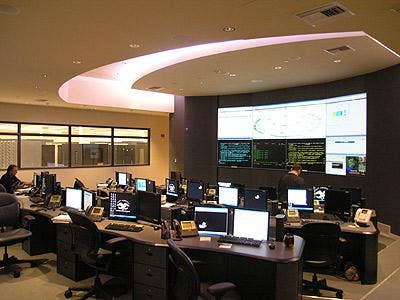
VARs historically have made their money selling boxes, but that paradigm will continue to shift in 2009 as more and more customers turn to managed services to compensate for running with leaner IT staffs.
Managed services are being offered for everything from managing the network and security monitoring, to guiding new projects and supplementing IT staffs. Jeff Hiebert, CEO of ROI Networks, a San Juan Capistrano, Calif.-based solution provider, said his company recently launched a new managed services business that he expects will grow into 2009. That business, called ServiceWorks, offers proactive security monitoring and management, staff augmentation and network management. It's added a new revenue stream and creates a more diversified offering, he said.
The results of the VARBusiness State of Technology: Networking study also show that managed network services are on the rise. In the study, 51 percent of solution providers said they offer network management as a service, while more than 11 percent more said they plan to offer it by 2009.
Managed network services will hit customers who are trying to do more with less and try to squeeze as much as they can out of every dollar along with each piece of technology they deploy.
More customers will be willing to hand over the keys to their shop, or their NOC to get the 24/7 management and monitoring managed services offer.
Shown here is the NOC at First American Corporation in Santa Ana, Calif. (courtesy of Cisco).
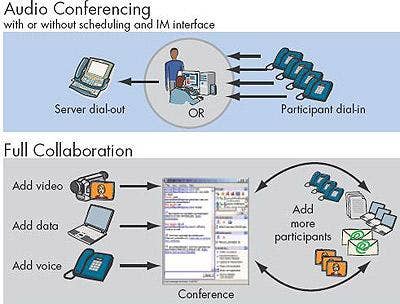
Unified communications has been the talk of the industry for a few years now. Everyone is playing the game: Alcatel-Lucent (Advanced Communications Server diagram shown), Avaya, Cisco Systems, Microsoft, Nortel Networks and a host of others. But 2009 looks like the year when the message will finally be hammered home.
"A lot of people have been kicking the term around and not really using it," said ROI Networks CEO Jeff Hiebert.
Well, 2009 will change that. As companies look to cut costs, reduce travel and enable communications from anywhere and everywhere, unified communications solutions are going to be the go-to solution sets. Regardless of the vendor, companies are looking for a way to connect people and tie together business processes.
Tim Hebert, CEO, of Atrion Networking, a Warwick, R.I.-based solution provider, agreed.
"Unified communications solutions will still be big for Atrion," he said, adding that in 2009 the company will be upgrading older technologies and re-engineering business processes to bring their clients up to speed.
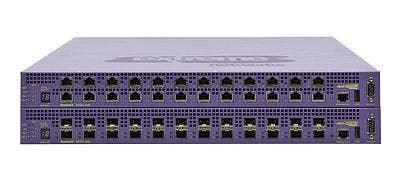
It goes against all conventional wisdom to say that high-performance networks will be hit hard in 2009, but with the budget not stretching as far as it used to and projects being put on hold, the days of speeds and feeds may have to be sacrificed in the process. Instead of high power, value will be the new focus.
"With customers concerned about the future and with budget cuts at many organizations, I think you'll see an increased focus on value as the prime driver of networking equipment purchases in the SMB and small enterprise sites," said Don Gulling, president of Ocala, Fla.-based solution provider Verteks Consulting,
"There might be some retraction from higher performance that has been the mantra for years with everyone trying to outdo each other with more [Gigabit] ports, more 10-Gig ports, faster this, faster that," Gulling continued. "I think simplified management and lower TCO is going to be the big story and I expect all the manufacturers to look at products, software and services to drive that agenda.
Shown here is the Extreme Summit X650 stackable 10-Gigabit Ethernet switch.
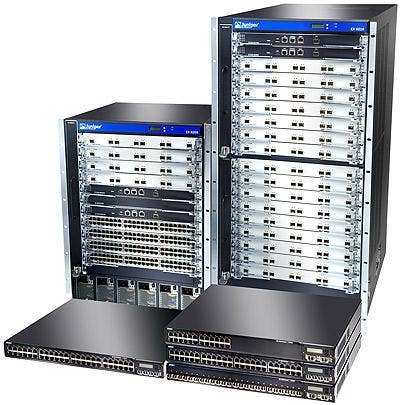
Yeah, on the last page we said there won't be as much focus on high performance networking in 2009. But, what if that isn't the case? What if it goes in a completely different direction and 2009 heralds the true entrance of high performance networking? As part of that, 10 Gigabit Ethernet networks are key.
"More and more will be moving to 10 gig, that'll have a big impact in 2009," said Jeff Wolach, vice president and CTO of Sinnott Wolach Technology Group, a Palm Beach Gardens, Fla.- based solution provider. "People really need the sheer speed."
As more applications move to the cloud with SaaS and Web-based front ends, higher performance networks are going to become a necessity.
"Every organization that we've walked into this year, they say, 'We're going to 10 gig, let's pump up the volume here'" Wolach said. "They're beefing up uplinks for more speed.
Shown here is the Juniper EX Series switches. The EX 8200 series (back right) offers 10 GigE.
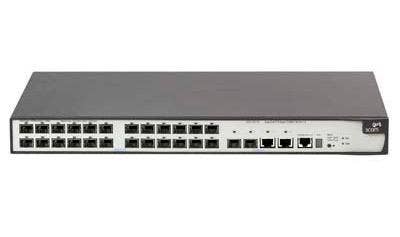
Another networking trend that was paid a great deal of lip service in 2008, and even a bit in 2007, was the notion of green networking. Until now, however, that's been nothing more but talk. Entering into 2009, everyone will be going green and this time it won't just be to save the trees, it'll be to save that stack of greenbacks by cutting power consumption and running more efficient gear. Switch manufacturers will take note.
"I think manufacturers will all try to have a good story when it comes to green products and low energy consumption -- and you might also see a total cost of ownership pitch in networking equipment that shows management costs as part of the equation," Verteks' Gulling said.
Data center consolidation will play into that green story too, something Atrion's Hebert said he's already heard rumblings from customers about.
Shown here is 3Com's 24-port 5500G switch. Earlier this year, 3Com came out on top of an In-Stat study ranking switches based on their performance versus power consumption.
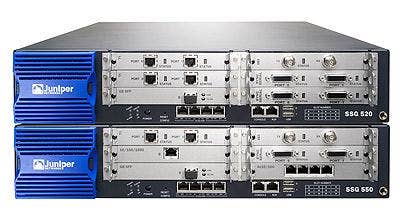
With Palo Alto Networks leading the charge with its next-generation firewall, network security as we know it will change come 2009. Palo Alto is offering an all-in-one security appliance -- tying in firewall, IPS, anti-spyware, anti-virus and content management -- in the vein of unified threat management that isn't necessarily unified threat management, but a different level of application and user visibility as it pertains to security.
These next-generation technologies differ from traditional firewalls in that they can drill down to port numbers and subnets and discover actual applications running on the network and determine the threat level. They can offer a break down by application and by user for a more granular view to apply policies.
Juniper is also leading the next-generation security charge with its SSG line (shown here), which takes multiple security devices out of the edge and puts them into a single device by offering firewall and a host of other security functions.
"This will be a huge change in firewall and perimeter security," Wolach said. "It's definitely going to be a shift in the way people are securing their networks."
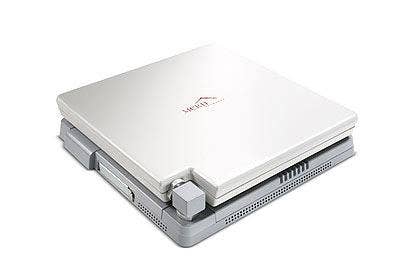
We said this in 2008 too, and we really wanted to see it happen. And in some respects it did happen, with 802.11n being deployed and a host of vendors, from HP ProCurve, Ruckus Wireless, Meru Networks (11n access point shown here) and others offering 802.11n gear. But 2009 will be the true unveiling of 802.11n, the latest WLAN standard that offers massive range and lightening speeds. But it won't just be speed junkies that benefit from the power of 11n. In 2009, it's going to be a necessity as opposed to something that's nice to have.
"I didn't sell a whole lot of 11n in 2008," said ROI Networks Hiebert. But 2009 will be different, he suggests, mainly due to the applications that are driving the need for more bandwidth and putting stress on existing wireless networks. Whether it's audio, video or Web-based applications, 11 a/b/g just won't be able to support the throughput needed to make these applications run, and run in real time, especially when it comes to voice over wireless LAN (VoWLAN), where the slightest hiccup could mean a dead call.
"More applications will be driving 11n," Hiebert said.
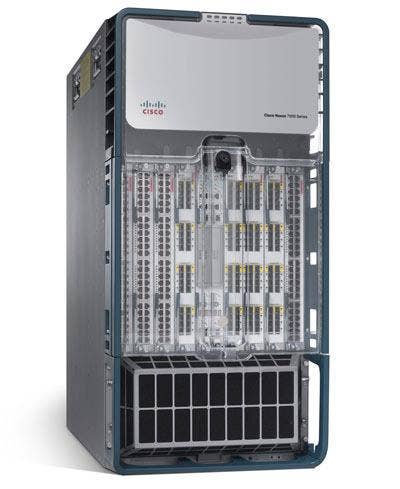
Cisco did it. Juniper did it too. And the planned acquisition of Foundry by Brocade further cements that traditional networking vendors are making major plays into the data center. If 2008 was any indication, then 2009 will be the year the network takes over in the data center.
In 2008, Cisco added new products to its Data Center 3.0 vision, tying in new high-powered routers and switches. Juniper just recently announced its data center strategy, the Data Center Infrastructure Solutions architecture, underpinned by the launch of its data center Ethernet switch the EX 8200. Like them, more and more networking vendors will step up in 2009 to control the entire end-to-end infrastructure. It makes perfect sense: If the data center powers the network, then why shouldn't the network vendor power the data center?
2009 will see more vendors through their hats into the data center ring. While it's too soon to predict who will be the victor, it will certainly be an interesting battle. Grab your ringside seats now.
Shown here is the Cisco Nexus 7000 Series data center switch.

Once chided as over-priced luxury items, telepresence systems and HD video conferencing solutions are poised to become more widely used come 2009, as customers and vendors alike slash their travel budgets and opt for virtual meetings.
Hebert said vendors like Cisco (shown here) and LifeSize will be able to capitalize. The reduction of travel due to economic conditions and more geographical diversity within organizations will force them to seek out other options.
Tandberg will also benefit from an HD video boom, offering audio and video solutions that also enable content sharing.
The goal in 2009 is to feel like you're in a meeting without actually traveling. TelePresence and HD video conferencing systems will enable that. Yeah, the upfront cost may look a bit intimidating, but there's never been a better time to justify the spending. And with the cost of airline tickets ever increasing, the ROI shouldn't take too long to realize.
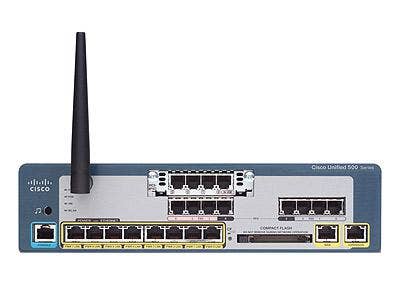
Netgear and D-Link better watch their backs, as networking's big boys set their sights on the SMB in 2009. Cisco has already started, eying the SMB with laser focus, launching a host of new solutions aimed at smaller companies than the large enterprises it has already dominated. And if history is any indication, once Cisco sets its sites on a market, other vendors are sure to follow. Cisco is also trying to get some VARs on the SMB train before it leaves the station, illustrating that the networking behemoth sees this as a growing and valuable segment and an area that can bring in increased revenue.
As part of its SMB focus, Cisco is launching a $100 million global small business initiative that includes launching a new product portfolio aimed specifically at customers with fewer than 100 employees. Along with the investment, Cisco is creating a dedicated sales team, marketing program and customized service and support, all aimed at small businesses.
Shown here is the Cisco UC 500 small business VoIP system.